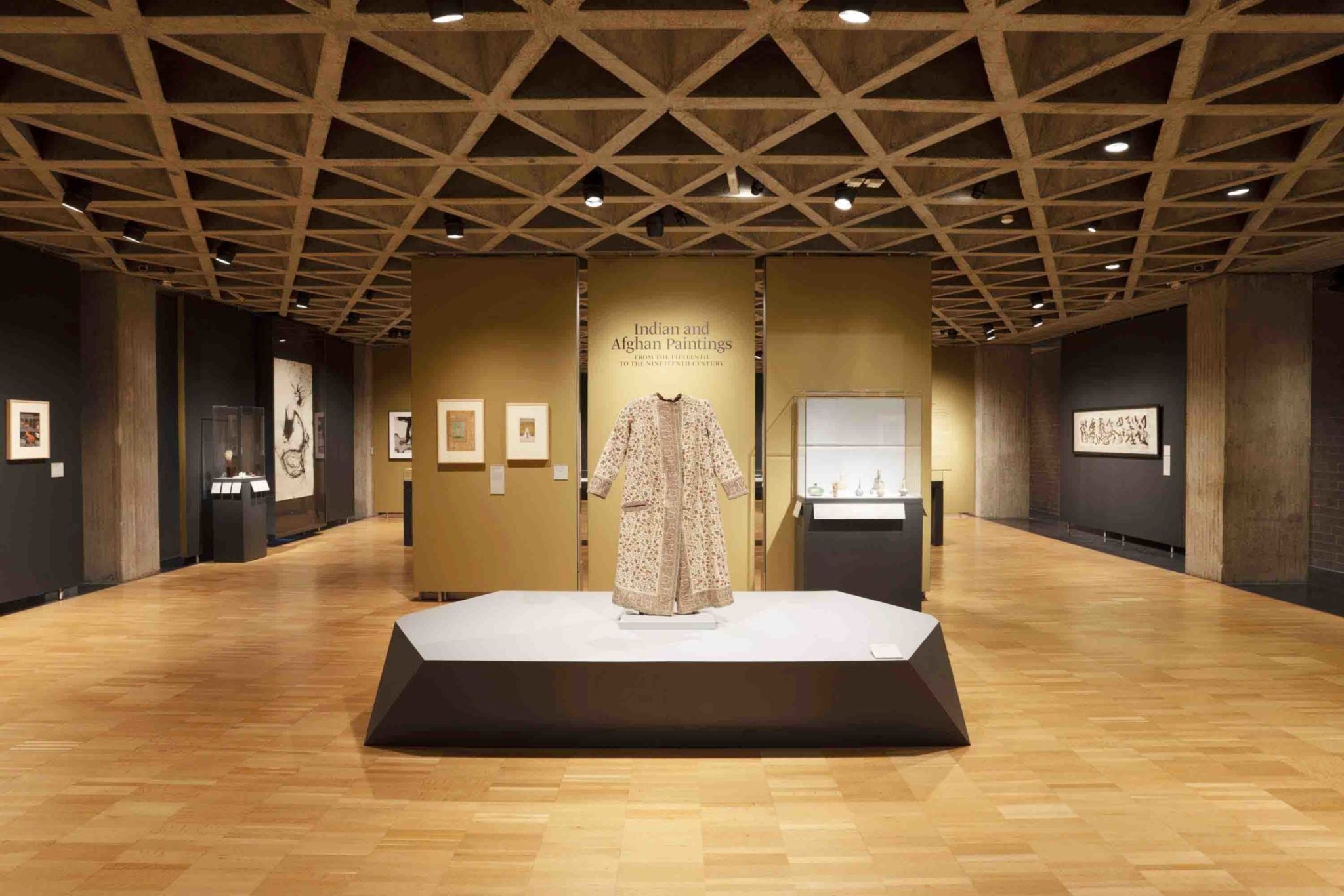
Courtesy of the Yale University Art Gallery
In an unprecedented decision, the University’s History of Art Department has decided not to accept any graduate students during the 2021 admissions cycle.
Carol Armstrong, a full professor of 19th century European art and history of photography and the department’s director of graduate studies, recently posted a message to the doctorate program’s admissions page. Armstrong cited a desire to reserve resources for the current cohort of students as the reason for turning applicants away.
Armstrong said that “[we] owed it to the students who were already here to support them, but in order to do that, we had to pay for it.”
The department debated two different courses of action — either closing admissions for one year or suffering reduced admissions for the foreseeable future — and voted unanimously to suspend the application process.
“If we got the pain over within one year, the chances that there would be no further ramifications after the COVID-19 crisis was over [would be] much better,” Armstrong said.
Instead, enrolled graduate students will be granted one extra year of study in order to make up for any research they lost due to the pandemic. Yale libraries, archives, galleries and international travel opportunities have been suspended since March.
Twenty-two students and professors affiliated with the department declined or did not respond to requests for comment on the decision. One faculty member, modern and contemporary art professor Pamela Lee, wrote to the News in an email that they “support this decision and believe there was strong consensus among the faculty.”
A first-year graduate student, who asked to remain anonymous for fear of retribution, said that they “feel bad for the next batch, but at the same time, it’s kind of good knowing that the department is there for you.”
But while the decision is largely beneficial for those within the department, the student raised concerns about what a year without admissions means for the future of the program.
“If you suspend the cycle, then the next cycle is going to be extra, extra competitive,” the anonymous graduate student said. They said that next year, the department may “get a lot of brilliant people who have had a year to really think about their application.”
In this way, the burden may fall less on Yale admissions and more on applicants to the program, who might have to face notably lower acceptance rates come next year. Last admission cycle, the department received around 240 submissions and offered admission to 15 applicants, making up a 7.5 percent acceptance rate.
The discussion over the History of Art Department’s decision to suspend admissions reflects anxieties over the larger trajectories of navigating college and graduate school acceptances during a pandemic as students across the country wonder whether the already slim chances of getting into an Ivy League university have shrunk even further. Applicants who had originally questioned applying to graduate schools may even decide to forgo the process altogether.
“Oh my god, I think I would have cried the whole year,” the anonymous graduate student said, in reference to what they would have done if graduate schools suspended admissions the year they applied. “I mean, I would have not applied … grad school would not be an option anymore.”
Unlike Yale, art history programs at Princeton, Columbia and Williams are accepting applicants in the 2021 admissions cycle. Armstrong hopes the damage done to Yale’s program by not accepting students this cycle — putting it at a disadvantage to its peer institutions, she said — will not last longer than a year. The Yale program’s decision would mitigate the long-term reduced admissions a 2021 cycle could produce, Armstrong said.
In a year where doctoral candidates are swapping the halls of the The Met for the confines of their living rooms, the Yale History of Art Department is pursuing what Armstrong calls “the best of several not-very-good options” to protect the program’s future and provide its current students with a quality education — without in-person classes and museum visits.
“We’re not happy with it,” Armstrong said. “We’re just doing the best that we can.”
The Department of the History of Art is located at 190 York St.
Ellie Burke | ellie.burke@yale.edu







